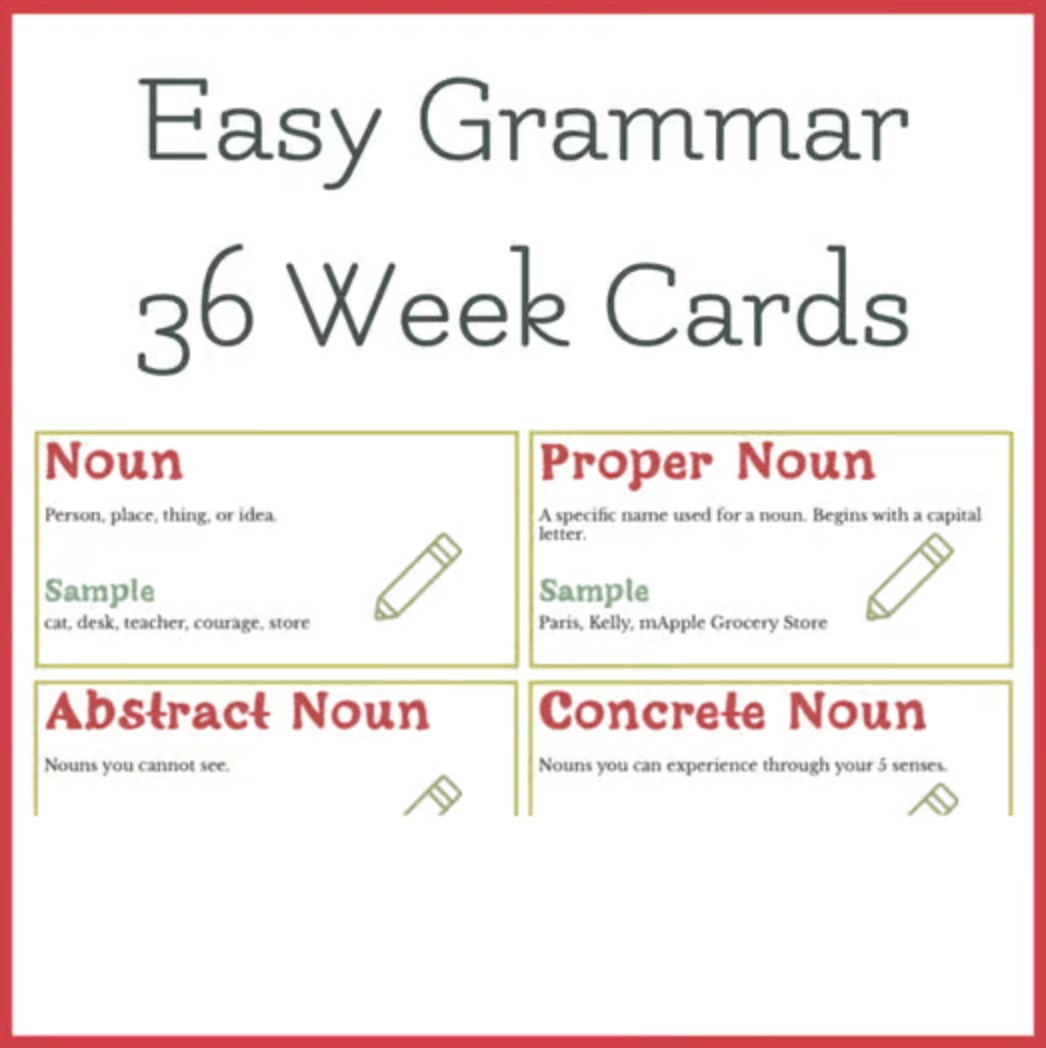Charlotte Mason Narration - The Easy Way
Having been a Charlotte Mason-Inspired Homeschool for many years has given me a TON of insight on best practices. There are so many aspects of her practical principles that I cherish. However, one of my favorite Charlotte Mason principles is narration.
Having a child who is a non-traditional learner due to dyslexia/dyscalculia/dysgraphia and other challenges led me on an exploration of every conceivable method of learning in our early home education years. Nothing “traditional” worked- and then, by God’s grace, we fell into the deep and wide well that is Charlotte Mason’s methodology.
Lights came on. Connections were made. Beauty became part of our education. And most importantly, peace entered into our homeschool. The striving and struggling feelings ended for both of us as we engaged in learning through the “know and tell” path of narration.
What is Charlotte Mason Narration?
Charlotte Mason narration is two-fold: first, your child listens or reads a passage or story. Then, your student summarizes what he or she has read or heard from beginning to end. This narration can come in a variety of formats and changes in depth from form to form.
Oral narration, drawn narration, acted out narration, etc. is best when they are young. Written narration tends to be best when they are older, and can write fluently. Allowing the middle years to be a combination of narration methods for different subjects eases your children into the heavier writing of the upper years. I’ve also let my children type up their narration on the computer to give the typing practice after age 12.
When your child narrates, they respond in their own words from beginning to end. Your young ones will give very few details initially. However, as they gain more practice, you’ll notice more details and excitement in their voice as they guide you into their story.
Younger students will often need a little help with recalling their memory. Utilizing fun, engaging questions is a great way to help them develop their narration skills.
Why Narration Works
Narration is a great tool for memory retention and prepares them for the future. For example, your young narrator will create mental notes or tags in their thoughts to retrieve the information later.
In addition, it also helps to build great writing skills as they mature. If you can orally tell a story, you can easily write it down on paper for fluent students.
The last and most significant benefit that sold me early on is strengthening teaching skills. When you can easily retrieve a learning experience, you can also easily share it with others. My children learned to narrate hobbies and handicrafts because I sat down and had them “teach” me how to do it. Now they teach skills to their friends and Trail Life group regularly.
I am grateful to be of service and bring you quality homeschool and homemaking content. I receive compensation through subscribers, curriculum sales, and affiliate links. As an Amazon Associate I earn from qualifying purchases.
Transitioning from Oral to Written Narration
If your child is doing well with his/her copywork and dictation, gradually and carefully begin written narration. Start with one written narration a week on a half sheet of paper. Once he or she has mastered written narration, you can increase it to two a week.
Remember, they are still learning how to write effectively, so you’ll notice grammatical errors. Show your student the errors lovingly and correct them right away. Eventually, you’ll want to increase the page size to 1 sheet of paper.
If you’re working on grammar skills, our Easy Grammar cards are setup to allow you to teach one beginning grammar concept a week over an entire school year through your readings, copywork, and narrations.
How to Teach Narration
For your younger students, start with one paragraph. Give your child time to read or listen to the paragraph and digest it. You may even encourage him to read it twice (because of my child’s dyslexia having an auditory component, we often read things twice) if necessary.
Once they have read it, ask them to tell it back to you. Next, continue with the next paragraph, and so on, gradually expanding each week until he/she is confident retelling an entire passage or story.
If your child is struggling, some good questions to ask may be:
What do you remember about the story?
Are there names you can recall?
What can you tell me about the characters?
Where is this taking place?
What do you like about the character(s)?
Is there anything in the story that surprised you?
Charlotte Mason Narration Prompts
Please note that narrating with every book or passage their assigned to can get mundane and turn off the child. Instead, get creative and focus on one reading a day. Assign different types of narration for each day to stir it up a bit.
For example, Mondays could be drawing a picture of their assignment. Tuesdays may be narrating using a video recorder on a smartphone. For older students, ask them to send their video via email or text.
Wednesdays would be more fun by asking them to create a skit and act it out in front of the family. Thursdays may involve narrating directly to mom or a sibling.
Fridays could be ‘pick a card day’ using pre-written index cards. You may write questions they have to answer or narration method they must use. Your student will tend to be more intrigued by narration time and even look forward to it.
Whatever creative ideas you come up with, add it to your narration card ideas! In no time, you’ll have a nice collection of storytelling ideas!
Have Fun with Charlotte Mason Principles
There are so many ways to make narration an enjoyable experience for your children. Since I started teaching my children narration at a young age, it’s made a huge impact on my children’s social skills. Plus, my children naturally enjoy telling me what they’ve read. It’s no longer a chore.
Charlotte Mason Books on Narration
Know and Tell: The Art of Narration






